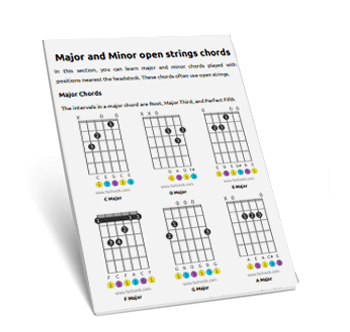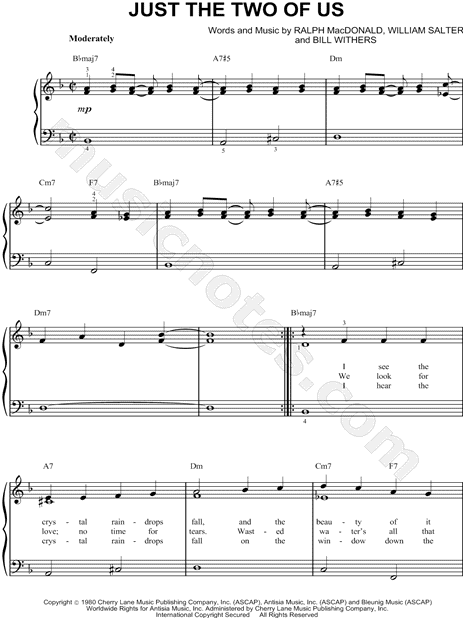

Major Chords – Use sus 2 or add the 2 (9th) to the chord We are also adding specific chord extensions to the chords for additional rich color, depending on the chord type as follows: In this case, we are playing octaves with the roots in the left hand and using big 4-5 note right-hand chords. How did we do this? We used specific chord voicings. Voicings can be thought of as how we dress a chord. We converted them from ordinary triads to something big and mighty. So as you can see, the chords went through a conversion process (see below). The most powerful piano chord voicings for the most powerful piano chords These will truly be the most powerful piano chords. So now that we’ve learned the chords in their most basic form, let’s make them big and beautiful.

Note: You might see that some of these chords are not actually in the key of C major. Converting the power progression into roman numerals for transposition

If you aren’t familiar with all your chords and keys, then check out our Beginner Piano Foundations Learning Tract. Check it out: The power chord progressionĬool, right? While the chords in this progression are C, Gm, Bb, and F, it’s helpful to think of it in Roman numerals instead, so that we can transpose it to any key(in this case we are assuming that C is the I). While many chord progressions could possibly be used to produce power, this one has a certain anthem quality to it, like an underdog breaking through to the top. Let’s start by examining where the power and emotion of music comes from at its most fundamental level: the chord progression. Step 1: The Most Powerful Piano Progression Ready for this awesome Quick Tip!? Let’s dive in.
Just the two of us chords piano how to#
How to create the most powerful chords on the piano(and get away from basic triads in exchange for epic chord voicings).If you’re a pianist who wants to have a big sound and improvise, we’ll also give you plenty of tools to work with. That way you can pull them out for whatever emotion you want to express. If you’re a songwriter, you’ll want to have as many chord progressions and associated scales as possible under your belt. There’s a lot to learn in this tutorial for any musician. That’s why in this lesson we will be discussing the most powerful piano chords, and the techniques to turn them into big and mighty piano music! That in itself is power, and with the right techniques, we can tap into it ourselves. It inspires us to feel that anything is possible. However, there’s nothing like feeling a surge of power flow through you when playing or writing music. Do you want to communicate power on the piano? Surely, music is great for expressing all kinds of emotions.


 0 kommentar(er)
0 kommentar(er)
